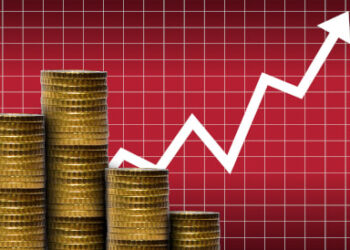Gareth Aird, Commonwealth Bank’s head of Australian economics, anticipates that while GDP will contract 3.3 per cent in 2020, 2021 will see it grow as much as 4.2 per cent in 2021 – nearly double previous estimates of 2.5 per cent.
“When GDP and employment collapsed in Australia over Q2 20 comparisons were made with the Great Depression,” Mr Aird said.
“We had not seen such a sharp deterioration in economic data since the 1930s. But the similarities between the Great Depression and the COVID-19 pandemic from an economic perspective only pertain to the Q2 20 activity data.”
Mr Aird also believes that unemployment will sit at 5.75 per cent at end-2021 and will fall to 5 per cent at end-2022 – running roughly a year ahead of the RBA’s own forecasts, which anticipate unemployment of 6.0 per cent at end-2022 and full employment even further down the track.
“Provided transmission of COVID-19 in Australia remains low, particularly community transmission, the strength of the economic recovery in 2021 will surprise many,” Mr Aird said.
“We believe the metaphorical ‘bridge’ has been built very well and sets Australia up for a prosperous next two years.”
The “fiscal cliff” will also be successfully navigated via a drawdown in the approximately $100 billion in additional savings the household sector has accrued since COVID-19 first arrived in Australia – a figure that excludes early super.
“The upshot is that we will see a savings drawdown in 2021. This will provide a significant tailwind to consumption as pent up demand is unleashed,” Mr Aird said.
“We readily acknowledge that there is uncertainty around what proportion of savings will be used to fund expenditure and how fast accumulated savings will be spent. But the elevated level of consumer confidence means a material drawdown is likely, particularly when factoring in why the savings were accrued.”







